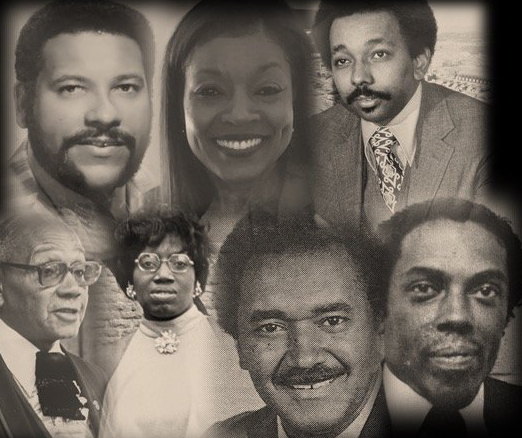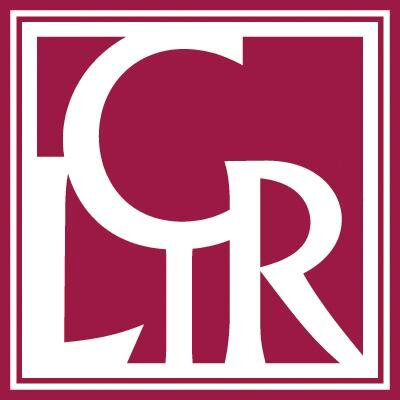RESEARCH ARCHIVES
Black History
Hardy Professional BuildingPictured (L-R): Rev. Frank Gordon & Dr. Walter S.E. Hardy
Over 50,000 items representing Black History and Culture in East Tennessee
Beck Archive Studio
The Beck archives are filled with over 50,000 objects spanning over 200 years of African American history and culture.
Our team of archivists are digitizing and cataloging our important collection. They are dedicated to making these important materials available online.
In the mean time, we encourage you to sign up for the Beck e-Newsletter to get weekly articles and daily Black History Facts. Beck is Black History & Culture 365, and during leap year, Beck is Black History & Culture 366.
Please keep checking back often as we are busy assembling a library of historical data for your perusal.
Black History & Culture e-Newsletter
Learn more about Black History and Culture with stories featured from the Beck Archives every week!
Photo: Knoxville College students in attendance for a formal gathering. James G. Beck is standing in the back row, third from the right.
Group of friends holding hands at Knoxville College. Left to right: Emma B. Stokes, Unknown, Louise Hawkins, Unknown. Kneeling: Unknown.






